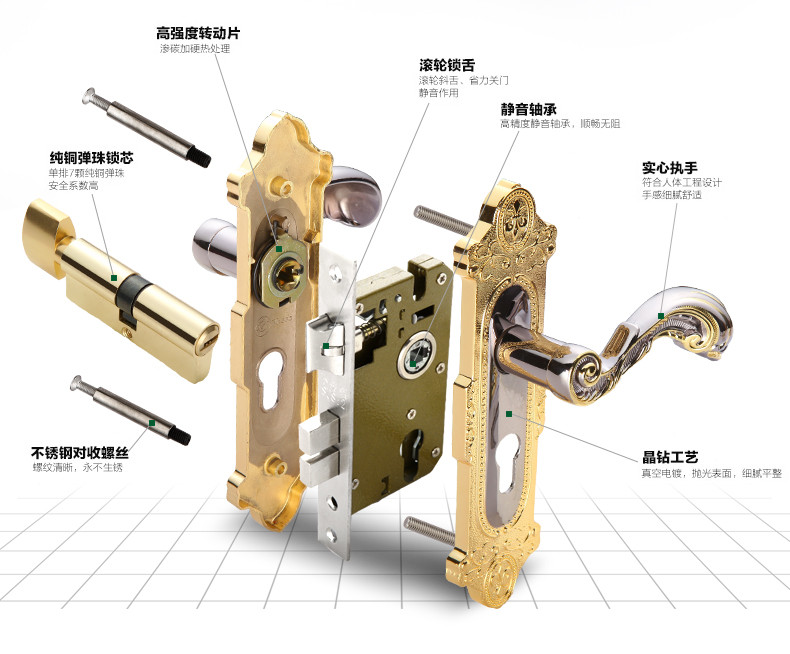There seems to be some ambiguity in the title of "industrial roundness meter lock", so I will write an article about the application and importance of "industrial roundness meter" according to my understanding.
In modern manufacturing, "accuracy is everything". From tiny screws to large mechanical parts, the manufacture of any product is inseparable from precise size control and quality inspection, and roundness, as one of the important indexes to evaluate the geometric accuracy of parts, plays a vital role in many machining processes. In order to ensure that the workpiece reaches the required roundness standard, various types of roundness measuring equipment have emerged and are widely used in aerospace, automobile manufacturing, precision instruments and other fields.
First, what is roundness?
Roundness refers to the degree to which the measured contour deviates from the ideal circle, that is, half of the difference between the maximum diameter and the minimum diameter of the actual contour on the same section. Roundness error mainly includes two types: shape error (such as ellipse) and position error (eccentricity). Good roundness can improve the fitting performance of parts, reduce wear and prolong service life; On the other hand, it may lead to assembly difficulties and even failures.
Second, why do you need to carry out roundness detection?
1. Ensure the product quality: For many rotating or revolving parts, accurate roundness is the basic condition to realize their functions. Only through strict testing can we ensure that each finished product meets the design requirements;
2. Control the production cost: reduce the defective rate by selecting raw materials and improving processing technology, so as to save material loss and repair costs;
3. Enhance the competitiveness of enterprises: having advanced testing technology and perfect quality control system can win the trust of customers, establish a good brand image and attract more order opportunities.
Three, several commonly used roundness measurement methods and their characteristics:
1. Contact measurement method: the probe is directly contacted with the surface of the sample to obtain data, which is suitable for the measurement of regular and hard materials. However, this method is easily influenced by the operator's manipulation and has a greater risk of damaging soft materials;
2. Non-contact laser scanning method: the beam emitted by high-precision sensor irradiates the surface of the object and then receives the reflected signal to complete the recording and analysis process, which is suitable for special occasions such as complex curved surfaces and fragile materials. Non-destructive testing task;
Non-destructive testing task;
3. Image recognition technology: It is fast and convenient to extract and compare the features of the collected photos based on digital image processing algorithm, which is especially suitable for the integration scheme of online monitoring system on batch production lines.
Fourth, summary
With the rapid progress of science and technology and the change of development trend, "intelligent manufacturing" has become one of the key driving forces to promote industrial transformation and upgrading worldwide. As an indispensable link, "roundness detection" is also undergoing the process of changing from traditional mode to intelligence. In the future, we can expect more innovative tools and technologies to meet the increasingly stringent standards and help the whole industry to move towards a higher level!
Rec. Prods.
Tags:
Addresses:https://tepinji.com/Machi/2570.html



